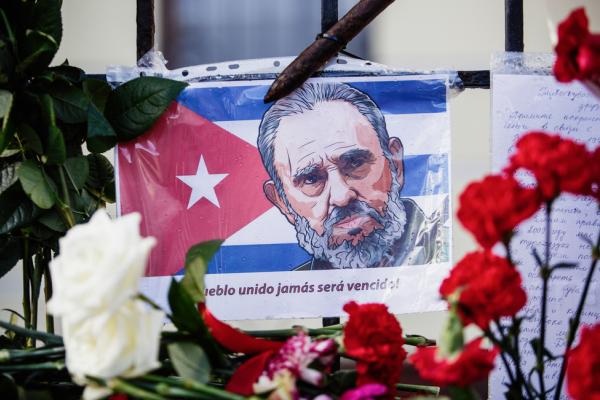Dec 20, 2016
There was something changing — on my more recent visits, people have been publicly talking politics in ways they previously would have done only behind closed doors. Yet with U.S. President-elect Donald Trump now threatening to roll back Obama’s strides in U.S.-Cuba relations, it’s hard to say how many Americans will get to meet this Cuba.
U.S. law stipulates that the U.S. embargo cannot be lifted unless both Castros exit power. Raul Castro says he’ll leave office in 2018. What’s the likelihood of any successor being moderate enough for Trump — or willing to let the real estate mogul near the island’s beachfront property and historic Havana hotels?
Read the Full Article

Already a subscriber? Login
